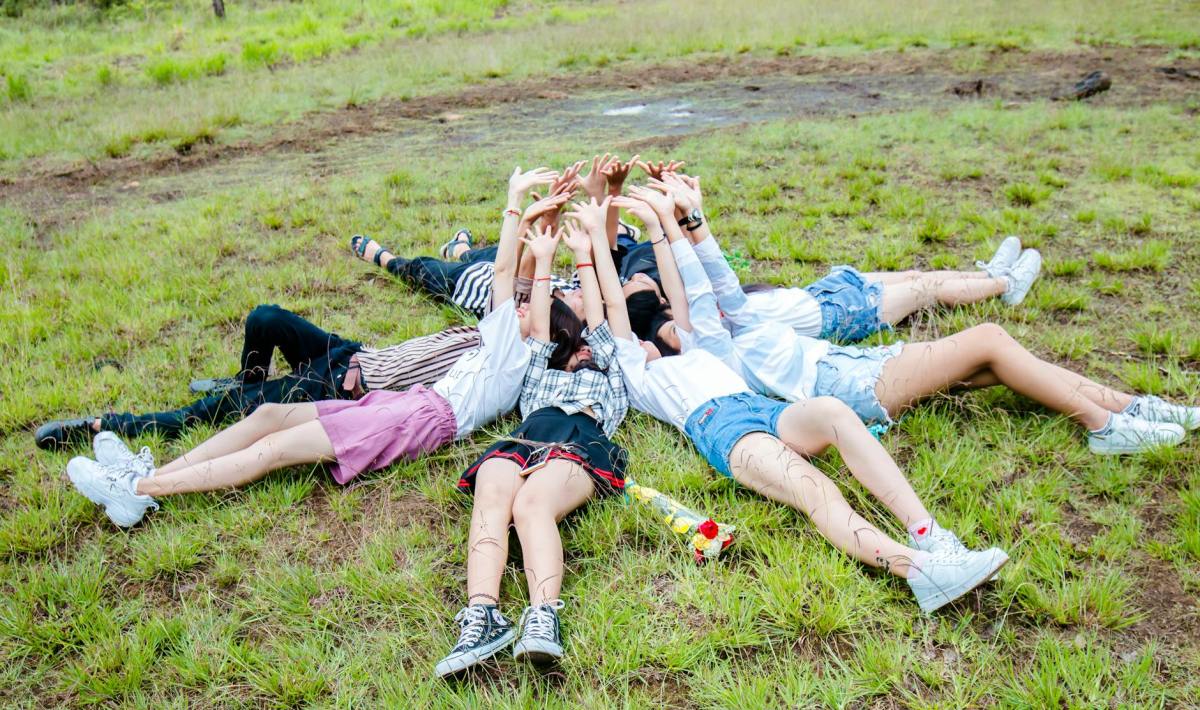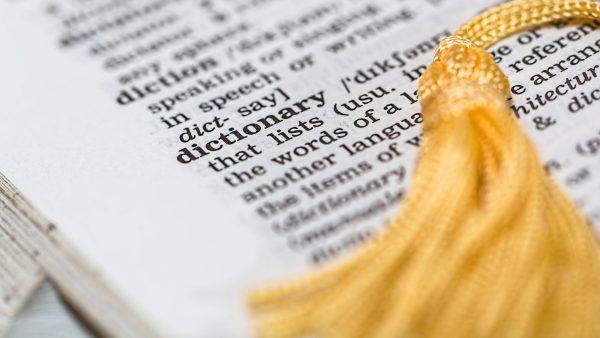He lived his profession with a philosophy of serving, caring and helping, not without bringing a smile to his face. Cousins and siblings spent long holidays at grandfather’s house, helping him in his pharmacy and learning from him. We used to be a noisy, restless and playful bunch of children. We went out of our way to play in a small vacant lot near the pharmacy: we built a fortress called the bohío. The bohío was a castle, a swamp, a shop, a market, a hospital, a swimming pool and a school, all at the same time, because that’s what our imagination made us do.
The years went by and grandfather became more and more grandfatherly. We brought grandchildren, and some even great-grandchildren. We all managed to come together to celebrate his 90th birthday. He, always lucid, reflected on our childhood. He remarked how different the generations looked despite the still existing “bohío”. He was concerned about childhood, silent and worried about the quality of the wifi network his descendants live with. A generation “reassured” by technology? Let’s see what some experts think.
The changes brought about by digital technology
Digital technology has undoubtedly changed the world, and according to UNICEF’s State of the World’s Children team, as more and more children go online in every country, it is increasingly changing their childhood. In fact, the research highlights that 1 in 3 internet users worldwide is under the age of 18. They also emphasise that children are accessing the internet at younger and younger ages. In some countries, children under the age of 15 are exactly as likely to use the internet as adults over the age of 25, leading to less favourable scenarios such as access to private information and unsupervised content.
Clearly, connectivity can be a game changer for some children living in less developed economies, supporting them in realising their potential and breaking intergenerational cycles of poverty. For example, more than 6,000 children receive academic support in refugee schools in Danamadja, Central African Republic of Chad. The use of technology has enabled them to keep in touch with their families and improve their education in areas such as health sciences and geography. A 16-year-old girl noted that she uses the internet to research biology, her main interest is in soil characteristics for nutrient-limited crops, and there are currently no libraries in her locality.
Digital technologies and learning opportunities
Digital technologies provide opportunities for learning, especially in remote locations, by providing access to information about issues affecting communities and possible solutions. At the same time, they can provide economic opportunities by providing vocational training services, as well as finding and creating new types of employment.
However, digital access is becoming a new dividing line, as millions of children who could benefit from technology are not benefiting from it. The UNICEF study highlights that nearly a third of young people worldwide, some 346 million people, are not connected online. African youth are the least connected.
Nevertheless, the figures on access and consumption remain alarming. According to a study by the Economic Commission for Latin America and the Caribbean (ECLAC), 60% of children get their first mobile phone at the age of 11, and 3 out of 5 use the internet more than 4 hours a day. However, the digital divide goes beyond this, it also transcends gender: globally, men’s access to the internet is 12.2% higher than women’s. In India, only 26% of men have access to the internet. In India, only 26% of internet users are women.
On the other hand, several experts agree that children are overly impacted by technology. On the one hand, there are the digital dangers, including systematic losses of privacy, less chance of fully or partially understanding the risks, and greater likelihood of real harm to their integrity; the digital baseline and inequality situations, including access, use and cost of technology in the world; and the digital support strategies, including access, use and cost of technology in the world; followed by digital support strategies, with impacts on education, different sectors of the economy and society; we also come across digital consumption, which involves all content with or without time overuse for such consumption, and potential changes in behavioural patterns, which can create certain degrees of addiction.
And finally, there is the (parallel) universe of fake news, which includes all materials created to distort real situations, generating alarms and false interpretations of a fact or person, with an impressive risk of inaction, as the strategies and models for detecting this type of content are unknown.
Basic recommendations for building proportionate societies in the digital age
A recent report by the British Broadcasting Corporation (BBC) looks at the 3 basic recommendations for building proportionate societies in the digital age:
- Microsoft’s Centre for Safety and Security recommends the design of a decalogue for the use of digital tools. Socialise it with your child or representative to maintain trust.
- Monitor the type of content your child or loved one consumes. There are some applications to monitor and control children’s use of digital devices, for example: Screentime, Norton Family and Kids Place.
- Point out the risks and explain the potential scenarios.
Beyond these factors, we live in a digital society that is here to stay and continue to grow, therefore, we must extract the positive and mitigate those aspects that take us away from being a society based on values such as respect and equality. There is still no commonly accepted age to deploy the use of technology, the recommendation of experts is based on patterns of parenting, behaviour and use of digital technologies to enhance the growth of healthy children.








